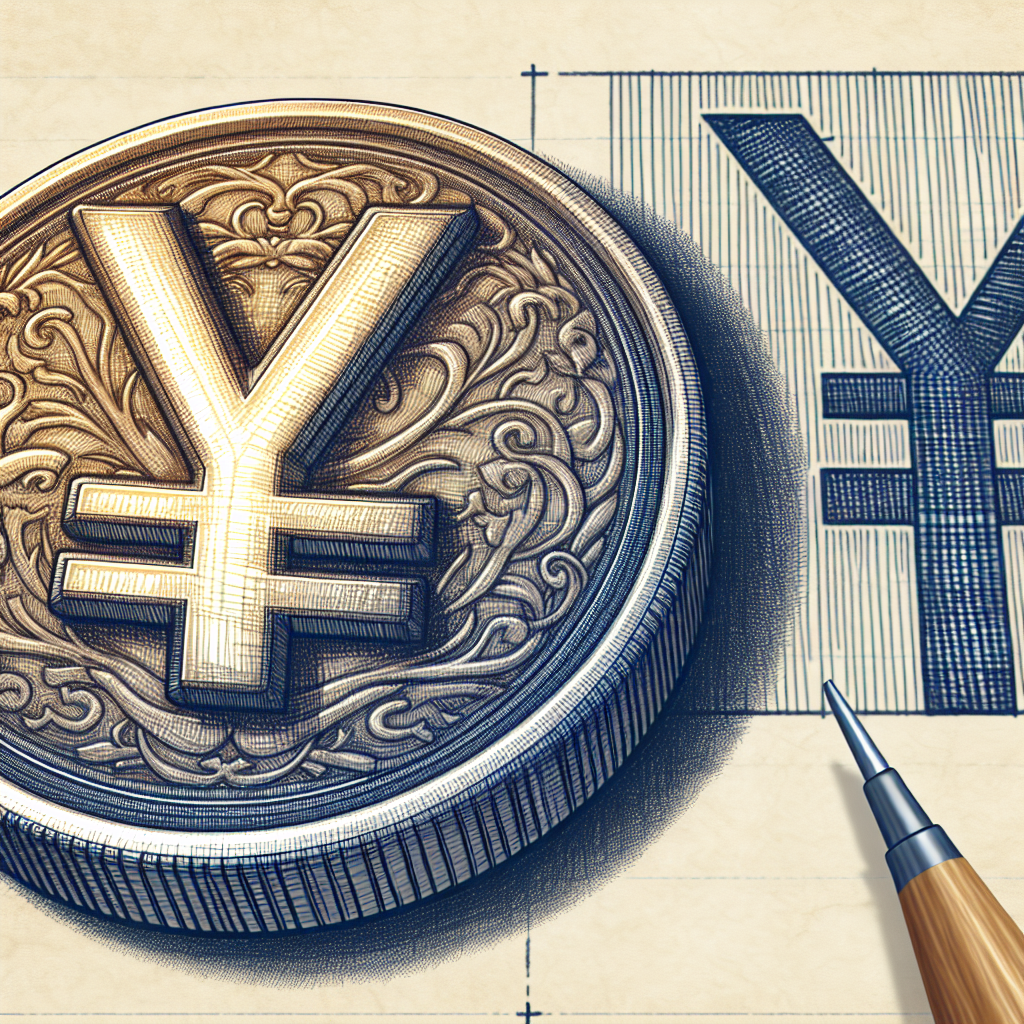Yen Nears 38-Year Low Amid Forex Market Turbulence
The yen hit near a 38-year low, struggling on the weaker side of 160 per dollar. This has raised concerns over potential intervention by Japanese authorities. Meanwhile, the dollar held near an eight-week high against other currencies. Traders await U.S. PCE data for further market direction.

The yen languished near a 38-year low on Thursday and struggled on the weaker side of 160 per dollar, keeping markets on alert for any signs of intervention from Japanese authorities to prop up the currency. In the broader market, the dollar pared some of its gains from the previous session as U.S. Treasury yields eased a touch, though the greenback held near an eight-week high against a basket of currencies.
The yen rose 0.3% to 160.33 per dollar in the Asian session, nursing some of its losses after having fallen to a low of 160.88 on Wednesday, its weakest since 1986. The Japanese currency has fallen some 2% for the month and 12% for the year against a resilient dollar, as it continues to be hammered by stark interest rate differentials between the U.S. and Japan, which has maintained the appeal of using the yen as a funding currency for carry trades.
In a carry trade, an investor borrows in a currency with low interest rates and invests the proceeds in higher-yielding assets. Still, the yen's latest slide past the key 160 per dollar level has kept traders nervous over possible intervention from Tokyo, after authorities spent 9.79 trillion yen ($60.94 billion) at the end of April and in early May to push the yen up 5% from its 34-year low of 160.245 then.
Analysts said while the risk of intervention has increased, Japanese authorities could be holding out for Friday's release of the U.S. personal consumption expenditures (PCE) price index before entering the market. "Both the level of the exchange rate and pace of the depreciation are important for the Ministry of Finance (MoF) to consider intervening in FX markets," said Boris Kovacevic, global macro strategist at Convera.
"However, subdued volatility in options markets suggests that the recent leg higher has not met all criteria the MoF is looking for. "Policymakers could wait out Friday's PCE report that is expected to show continued disinflation in the U.S. before making a final decision before the weekend."
DOLLAR STRENGTH Sterling edged away from an over one-month low of $1.2616 hit the previous session and rose 0.13% to $1.2638, while the euro advanced 0.11% to $1.0693.
Still, the common currency was on track to lose roughly 1.4% for the month, weighed down by political turmoil in the euro zone in the lead up to France's snap election set to begin this weekend. The dollar index dipped 0.1% to 105.92, not far from a nearly two-month high of 106.13 hit in the previous session, on the back of a rise in U.S. Treasury yields.
"I just think it's a combination of things," said Ray Attrill, head of FX strategy at National Australia Bank, of the higher U.S. yields. "A few people have been mentioning when (Japan) intervened back in April, May, that there was some suggestion that if the Bank of Japan was going to have to be offloading Treasuries to fund the intervention, it could have an impact.
"But I think there's maybe a bit of a ... lag effect of - Aussie yields were much higher after the CPI, and I think for once, that actually had a little bit of contagion impact to bond markets elsewhere." An upside surprise in Australian inflation on Wednesday had caught traders off-guard and prompted markets to raise the chances of another interest rate hike this year, which in turn sent domestic yields higher.
The Australian dollar rose 0.23% to $0.6663, drawing some support from Wednesday's inflation shock, while the New Zealand dollar ticked up 0.07% to $0.6088. Currency moves outside of the yen have been largely subdued for the most part of the week, as traders await Friday's U.S. core PCE data - the Federal Reserve's preferred measure of inflation, for further clues on the U.S. rate outlook.
Wednesday was the last day that investors could trade currencies for the quarter, given that spot foreign exchange settlement takes two business days. Trading of U.S. stocks, however, moved to a shorter settlement cycle last month, known as T+1.
($1 = 160.6500 yen)
(This story has not been edited by Devdiscourse staff and is auto-generated from a syndicated feed.)
- READ MORE ON:
- yen
- forex
- dollar
- intervention
- trade
- markets
- currency
- depreciation
- exchange rate
- interest rates
ALSO READ
Chinese Premier's Dairy Diplomacy: Strengthening Trade Ties with New Zealand
Chinese Premier Li Qiang Reignites Australia Trade Relations
Online shopping, possible recession impact trade in Kashmir valley ahead of Eid: Traders
Foreign investors return to Indian markets with investment of Rs 2743 crore
China's Anti-Dumping Inquiry Targets EU Pork Amid Trade Tensions










